I tested the Sonos Ace against Bowers & Wilkins Px8, and which one to pick comes down to how much you focus on music or movies
Let's dig into the nuances of these premium wireless headphones
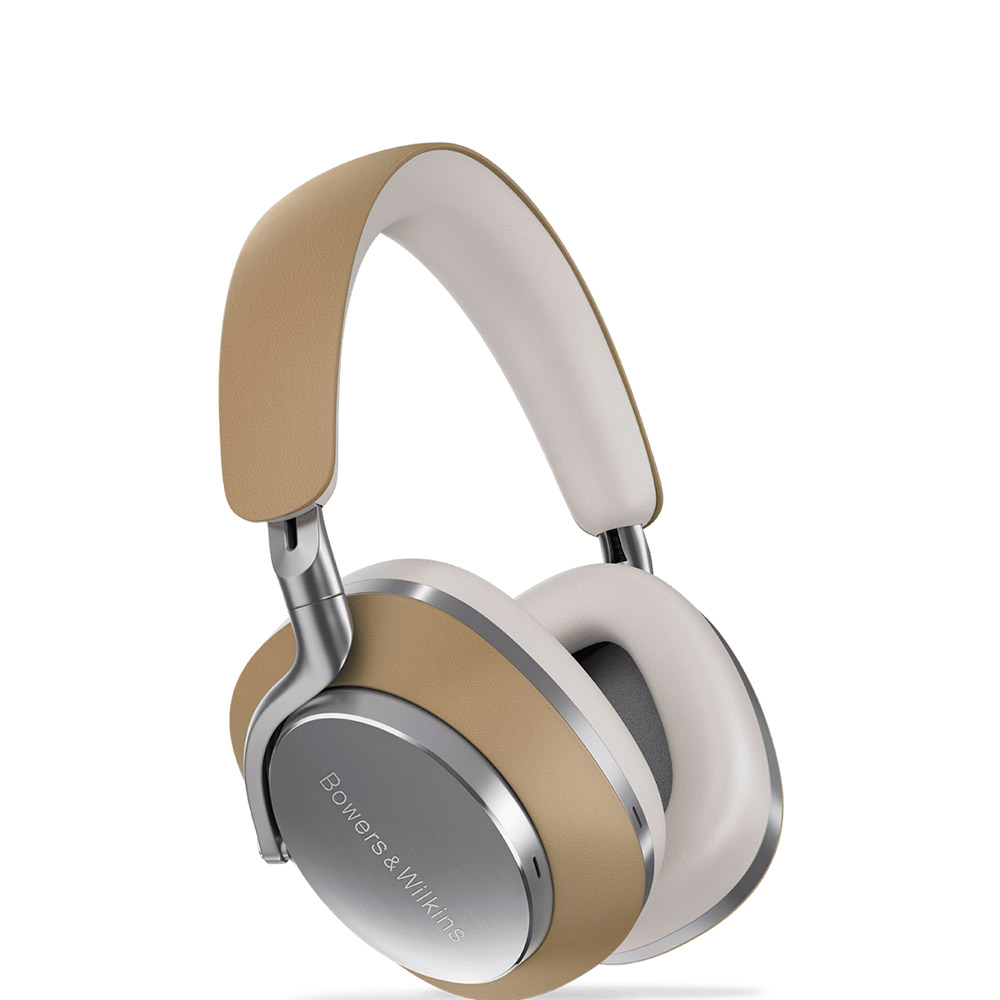
Battery life: 30 hours
Bluetooth: 5.2
Weight: 320g
Spatial audio: No
The Bowers & Wilkins are a little older than the Sonos Ace, which is most apparent in their use of Bluetooth 5.2 with codec compatibility limited to aptX HD and aptX Adaptive. Mind you, their relative age means they’ve had time to become closer in price to the Ace without losing one iota of their upmarket, truly premium credentials where look and feel is concerned. Sound quality (which, it’s worth noting, is restricted to ‘stereo’) is profoundly impressive, too – the Px8 sound big and bold, balanced and naturalistic, exciting and musical, in every circumstance and all the time. If their noise cancellation wasn’t quite so much in the ‘average’ category they’d be hard to lay a glove on.
For
- Confident, convincing and endlessly entertaining sound
- Comfortable even over longer listens
- Classy, aspirational standard of build and finish
Against
- ANC is nothing very special
- Expensive even though they’re more affordable than ever
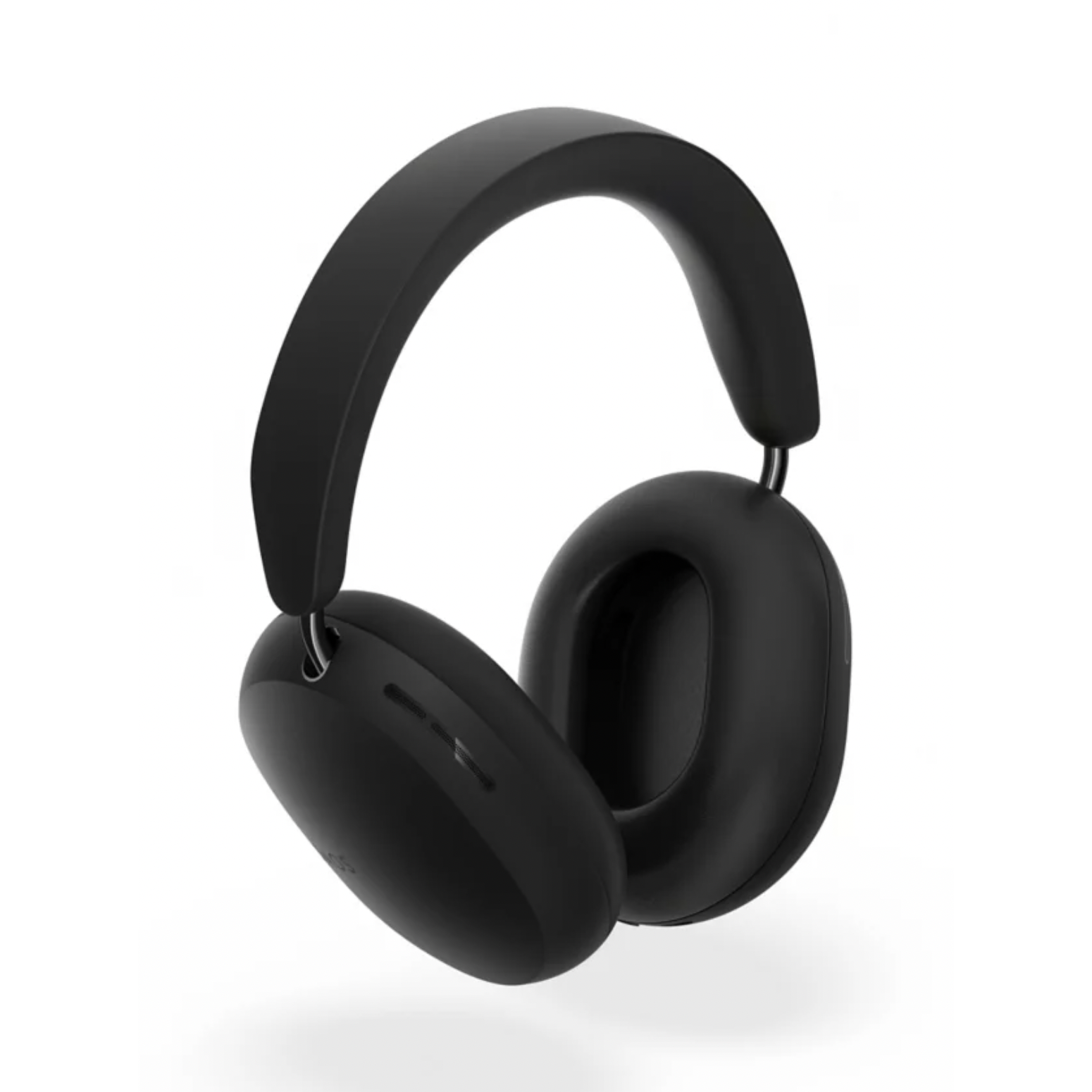
Battery life: 30 hours
Bluetooth: 5.4
Weight: 312g
Spatial audio: Yes
The very first pair of Sonos headphones certainly took its time getting to market, but the Ace brought some impressive tricks. They are arguably among the best-looking and unarguably one of the most comfortable pairs of wireless over-ear headphones around, and they’re specified without apparent compromise. Bluetooth 5.4 with aptX Lossless is at the cutting edge, sound quality is impressive, and active noise cancellation is very decent too (although not quite as decent as Sonos claims it is). Full Sonos system compatibility would be nice, but it seems you can’t have everything…
For
- Detailed, balanced, quite genteel sound
- Great looks, good comfort
- ‘TV audio swap’ feature
Against
- Could sound more energetic and dynamic
- Wider Sonos system compatibility would be nice
- ANC is not (as Sonos claims) class-leading
In the market for a pair of premium, wireless, noise cancelling, over-ear headphones? Able to spend significant money on them? Then you probably have both the Bowers & Wilkins Px8 and Sonos Ace as potential options.
Bowers & Wilkins are relative newcomers to the world of the best noise-cancelling headphones – but nevertheless, it’s been involved for far longer than recent debutant Sonos. But that doesn’t mean Bowers & Wilkins, just like every other brand that competes in the upper midrange/premium(ish) area of the headphones market, shouldn't take Sonos very, very seriously indeed. After all, it's provided some of the best wireless speakers and best soundbars you can buy when it comes to sheer value per dollar spent. Surely wireless over-ear headphones are just another way for it to showcase its expertise?
On paper, there’s not a huge amount between them (unless you count ‘spatial audio’ as a huge thing, of course). Both have extensive specification where wireless connectivity, Bluetooth codec compatibility, active noise-cancellation, app control and what-have-you are concerned. Both are properly built and finished, both look pretty good in their own quite different ways.
We’ve already praised the Bowers & Wilkins Px8 for their excellent sound, remarkable comfort, and impressive build and finish, while we have admired the Sonos Ace for their big, involving sound and discreet good looks. So there’s only one way to settle this…
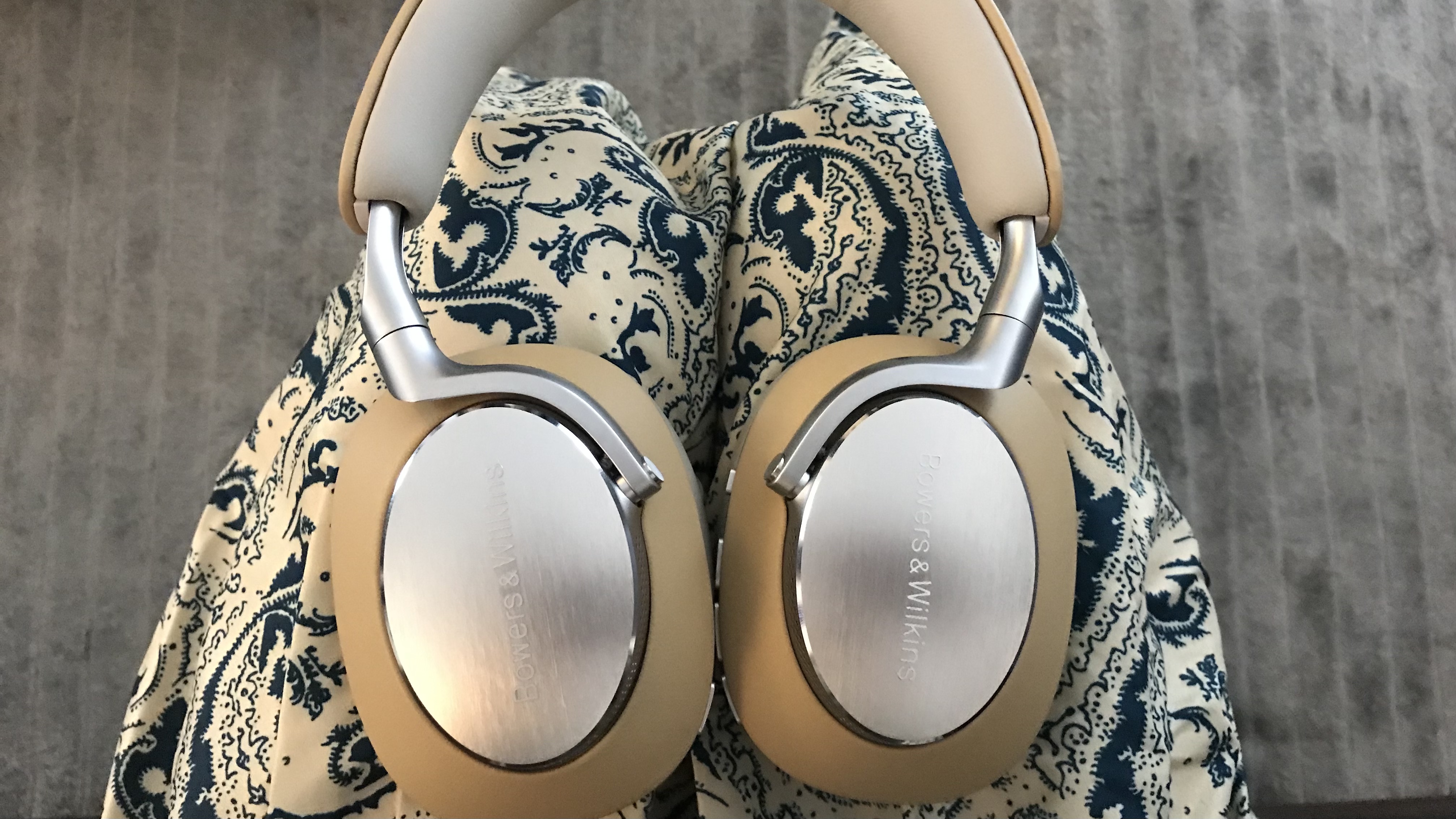
Bowers & Wilkins Px8 vs Sonos Ace: price & release date
The Bowers & Wilkins Px8 launched in September 2022, priced at $699 / £599 / AU$1,149. That’s more than enough time for the price to have adjusted downwards somewhat – today you’re looking more like $549 / £499 / AU$1,049 if you spend a few minutes using a popular search engine.
The Sonos Ace went on sale in June 2024, and launched at $449 / £449 / AU$699. They've also seen significant price drop in the time since, and can be found for as low as $349 / £299 / AU$550 at times.
So while price drops helped the B&W model to be closer to the Sonos at first, the Sonos' own price drops mean they're still significantly less expensive in the real world.
Bowers & Wilkins Px8 vs Sonos Ace: Features
The Bowers & Wilkins Px8 use Bluetooth 5.2 for wireless connectivity, and are compatible with SBC, AAC, aptX HD and aptX Adaptive codecs. They have multipoint connectivity, and six mics (three per earcup) taking care of telephony and active noise-cancellation. The right earcup features a USB-C slot that can be used for data transfer as well as battery-charging – Bowers & Wilkins provides both USB-C / USB-C and USB-C / 3.5mm cables for this purpose in the headphones’ tidily proportioned travel case.
Battery life is an average-but-competitive 30 hours with ANC switched on, and a 15-minute power pit-stop is enough to get you another seven hours of playback. And the sound you can be enjoying for all of those hours is delivered by a couple of 40mm ‘carbon cone’ full-range dynamic drivers, carefully angled and coupled to a drive unit motor system with bespoke magnet and voice coil.
Active noise cancellation profiles run to ‘on’ (which is a hybrid adaptive system), ‘off’ or ‘pass-through’ (which most brands call ‘transparency’). The Bowers & Wilkins ‘Music’ app enables you to define the ‘quick action’ button on the left earcup to scroll through your ANC options (or to access your voice assistant if you prefer). It’s also where you can investigate some modest EQ adjustment options, check on available updates, group your Bowers & Wilkins products into a basic multi-room system, integrate your favourite streaming services, adjust ‘wear detection’ and ‘auto-standby’ settings, nominate your preferred streaming quality and so on.
The right earcup is where the other physical controls live – there are no touch controls here. ‘Power on/off’, ‘Bluetooth pairing’, ‘volume up/down’, ‘play/pause’ and ‘skip forwards/backwards’ are all available here, and all as reliable and intuitive as you like.
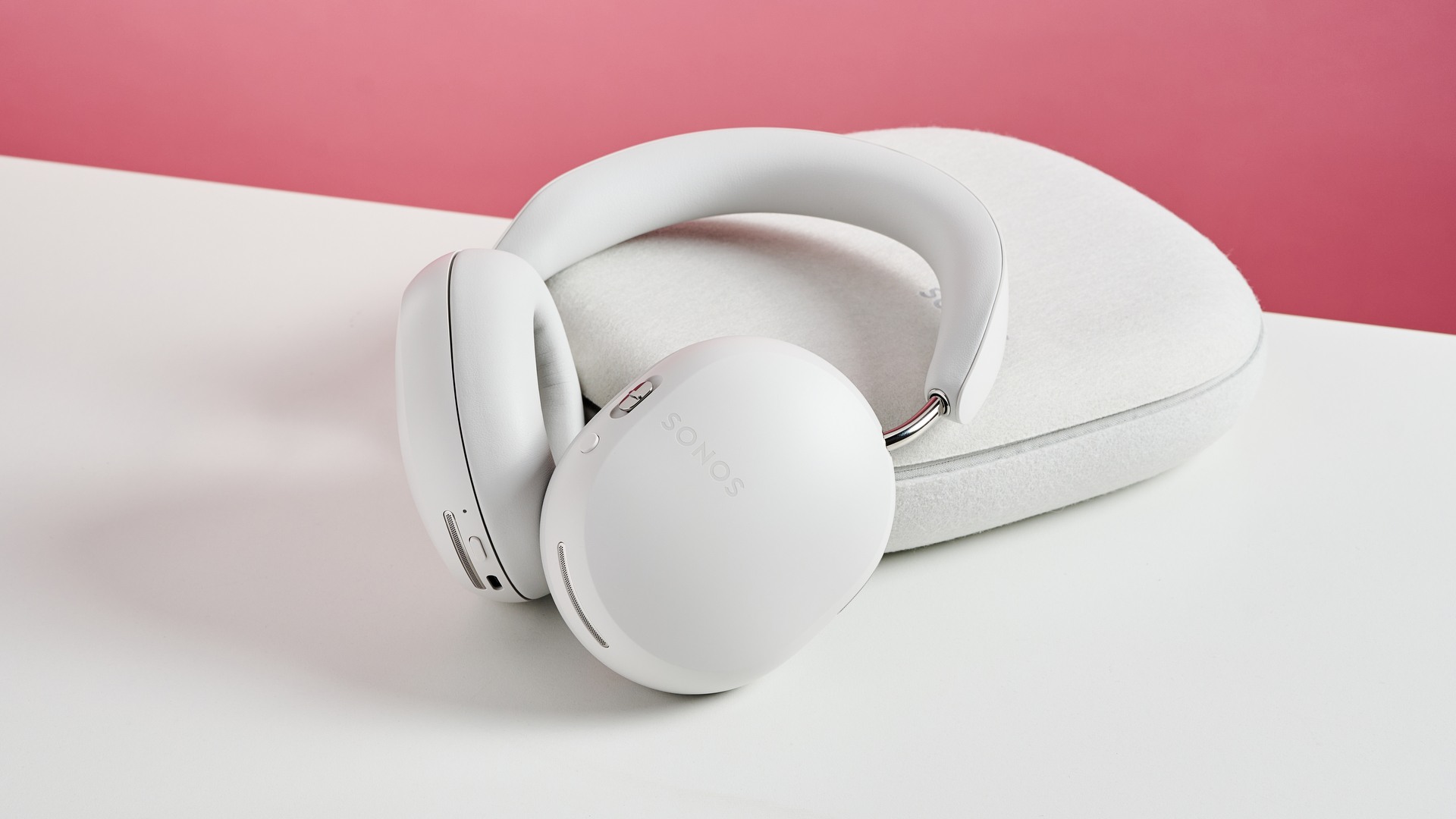
The Sonos Ace, it’s fair to say, are just a little more up-to-date in some respects. They use Bluetooth 5.4 for wireless connectivity and have codec compatibility all the way to aptX Lossless – so 16bit/44.1kHz lossless streaming is available from an appropriate source player.
Sound is served up by a couple of 40mm dynamic drivers, the composition of which are, as is established Sonos policy, not for public knowledge. The company will admit to some ported acoustic architecture that contributes to the headphones’ low-frequency extension, though.
Each earcup features four beaming-forming mics to deal with active noise cancellation, telephony and voice assistance – the ANC is, as with the Px8, a three-stage system (‘adaptive’ ANC, ‘aware’ (for which read ‘transparency’ and off). There’s a USB-C socket on the bottom edge of the left earcup that provides Hi-Res digital audio as well as for charging the battery – Sonos provides USB-C to USB-C and USB-C to 3.5mm cables for hard-wiring to a source.
Battery life is also 30 hours with ANC switched on, and the Ace support quick charging – so three minutes on the juice should be good for three hours of listening. ‘Flat’ to ‘full’ takes around three hours.
There are additional physical controls. A button near that USB-C slot deals with ‘power on/off/Bluetooth pairing’, and on the right earcup there’s a button that allows you to cycle through your ANC options or summon your voice assistant. There’s also a larger push/slide control Sonos is pleased to call a ‘content key’ – it’s nicely weighted and positive in use, and it handles ‘play/pause’, ‘skip forwards/backwards’, ‘volume up/down’ and ‘answer/end/reject call’.
Naturally, the Ace can also be controlled by the contentious Sonos app. The internet has had a considerable bee in its bonnet regarding all the many ways in which Sonos changed what used to be the best app around, and the app has been drastically updated since its disastrous launch – so I’ll just restrict myself to noting that the app has functionality beyond the usual playback controls.
Fans of spatial audio will be pleased to learn the Ace are compatible with Dolby Atmos – and in the app there’s a ‘head tracking’ control which uses Sonos’ ‘intelligent motion processing’ alongside Dolby Head Tracking to allow the audio to follow the wearer’s head movements to create an immersive experience that sounds more like you're sitting in a home theater than having sound pumped directly into your ears, because the sounds don't seem to move when your head does.
The app is also where ‘TV audio swap’ can be activated, though it can also be triggered by a button on the outside. The more optimistic had hoped the Ace would be Wi-Fi headphones, able to dial into the Sonos ecosystem and appear as a ‘room’ or ‘zone’ in a full multi-room system.
But ‘TV audio swap’ is, for now, all you get on that score – Ace can interact with Sonos soundbars to swap sound between the two at the push of a button, and provide the head-tracked surround effect for whatever you're watching.
Winner: Sonos Ace
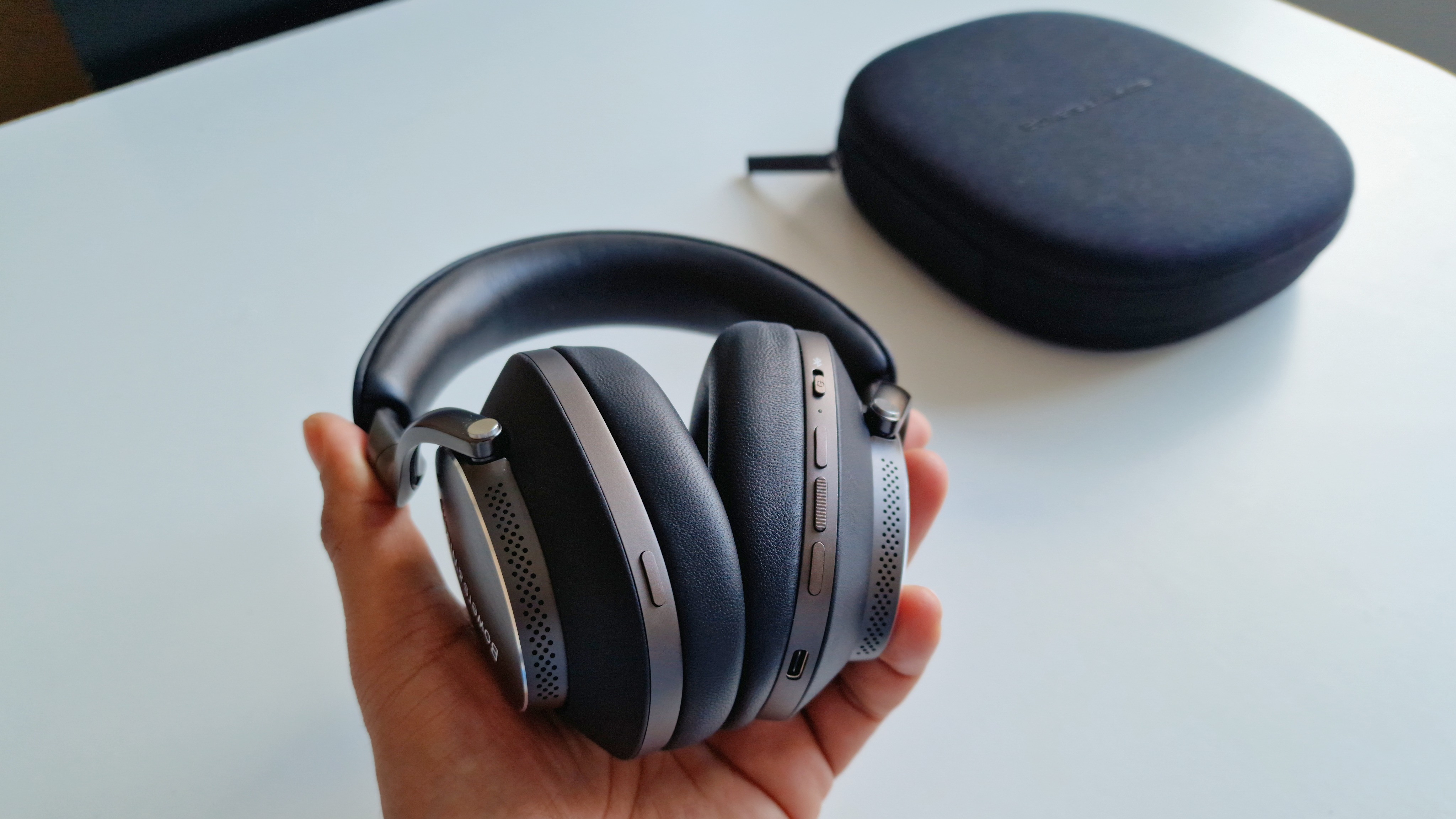
Bowers & Wilkins Px8 vs Sonos Ace: audio performance
For the Bowers & Wilkins, ‘performance’ considerations concern the way they sound and the effectiveness or otherwise of their active noise-cancellation. The Sonos Ace, on the other hand, have ANC performance, stereo sound and ‘spatial audio’ performance to be considered.
The Bowers & Wilkins Px8 sound poised, vibrant and utterly convincing – those, at least, are the headlines. Break their overall performance down into its components parts and it’s difficult in the extreme to identify an area in which the Px8 don’t excel.
They handle the entire frequency range with a deft lightness of touch that allows recordings of all types to sound agile and confident. Low frequency information is deep and impactful, but nicely textured and filled with detail and variation at the same time – just because the Bowers & Wilkins can hit good and hard when the music demands it, don’t imagine they’re not alert to the light and shade of bass sounds at the same time.
The opposite end of the frequency range is similarly detailed and similarly substantial. There’s real bite and shine to treble sounds, but nothing even approaching hardness or edginess – the Px8 are so well judged that the top end retains its composure even if you like to listen at tinnitus-inducing volume levels. And in between, the midrange communicates explicitly; if there are details of technique or character to be revealed, you can be confident the Bowers & Wilkins are on top of it.
Dynamic headroom is considerable, soundstaging is impressive, and the overall energy and vibrancy of the presentation is admirable too. But that’s not to say the Px8 ever lose the run of themselves – they’re always controlled, always able to express rhythms naturalistically rather than hectically, and first and foremost they’re always musical. It may seem redundant to describe a pair of headphones playing music as ‘musical’, but there are plenty of unmusical headphones around…
Slightly less accomplished is the active noise cancellation that’s on offer here. Switching ANC on does nothing to affect the way the Bowers & Wilkins sound (which is a good start), but while they’re capable of reducing external sounds to a large degree, the Px8 aren’t about to cocoon you in silence or banish the drone of that aircraft (no matter if you’re inside it or it’s passing overhead).
And strangely enough, ‘pass-through’ gives a boost to external sounds but not to the extent you might desire – it seems likely you’ll still need to remove your headphones in order to have a conversation with the person on the other side of the ticket-office glass.
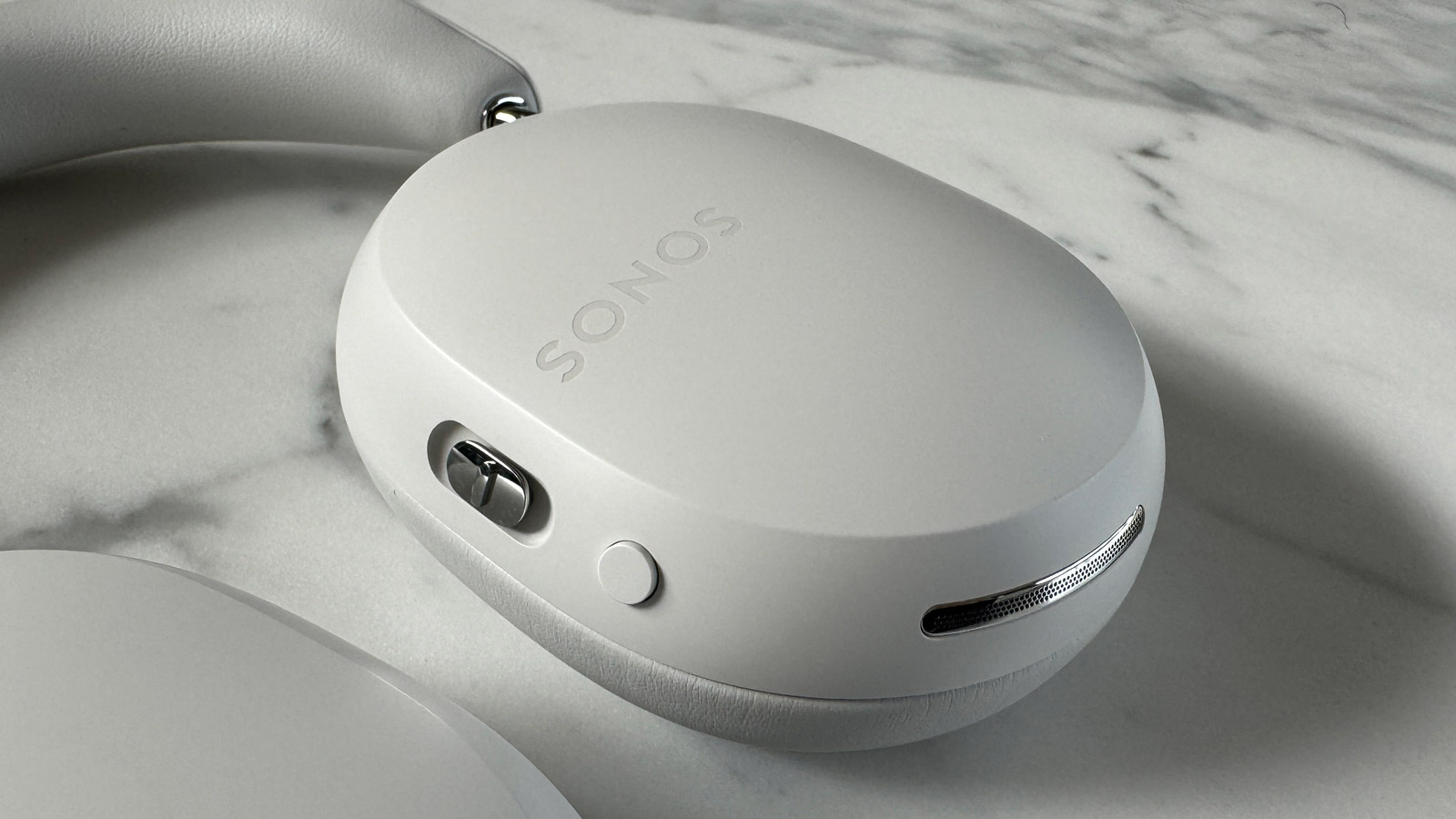
Switching to the Ace makes it apparent just how hard Sonos has worked here. Just like the Px8, they prefer being hard-wired to a source of truly high-resolution audio content, which is natural for the best headphones. But they don’t throw in the towel if you stream some compressed MP3 files instead. In every circumstance, they’re a clear and entertaining listen.
Low frequencies are deep, varied, textured and detailed, and they can punch solidly if the need arises. Control is good, both in terms of rhythmic expression and when it comes to staying in their lane – the control of bass sounds leaves the midrange free to reveal itself as open, similarly detailed and more than happy to allow a singer to communicate freely. The top end is perhaps just a little rolled off in absolute terms, but there’s enough brilliance and bite to keep things interesting.
Detail levels are high at every point; the Sonos seem prepared to tease out the most transient events in a recording and reveal them with just the right sort of emphasis. And the Ace resist changing their sonic characteristics as you increase the volume. Integration is smooth, and the overall tonality is only slightly on the warm side of ‘neutral’.
With stereo stuff, the Ace create a big, well-organized soundstage. Or, at least, they do as long as you leave ‘head tracking’ alone, it seems to heavily function as a ‘balance’ control. The ‘spatial audio’ effect with Atmos-mixed content isn’t all that pronounced with music, because a lot clearer with Atmos movie content, whether directly from a compatible phone or using the ‘TV audio swap’.
The Ace can’t summon the sort of dynamic impetus the Bowers & Wilkins can, though. The lack of energy and attack is only relative, of course – but the Ace would sooner be calm and polite rather than assertive and intense.
The active noise cancellation the Sonos offer is quite impressive, though – the Ace can deal with plenty of external sounds without the work they’re getting through affecting their overall stance. But the job they do is, like that of the Px8, incomplete – because Sonos, just as surely as Bowers & Wilkins and numerous other contenders, can’t fully compete in this respect with the Bose QuietComfort Ultra Headphones.
Winners: Bowers & Wilkins Px8

Bowers & Wilkins Px8 vs Sonos Ace: Design & fit
It’s important not to get carried away with new ideas when creating a pair of wireless over-ear headphones, of course. But both Bowers & Wilkins and Sonos have, in their own quite different ways, managed to deliver headphones that are properly built and finished, look and feel good, and remain comfortable over a long listen.
This is especially true of the Sonos Ace. At a tidy 191 x 160 x 85mm (HxWxD) and 312g they’re compact and fairly light, and their carefully judged hanger arrangement and clamping force means they’re comfortable even for the duration of a long-haul flight.
The quality of build and finish is more than up to standard, and attention to detail is obvious – the smart internal arm hinge is neat, and the amount of memory foam beneath the vegan leather at every contact point is just right (the earpads are magnetically attached, too, and can be easily removed to be cleaned or replaced).
The overall look is discreet in either the black or white finishes, and the single instance of branding on one of the earcups only adds to the impression of understated sophistication.
The Ace will fold flat, but don't fold any further, so the case in which they travel isn’t the smallest around. The zip that closes it might be the smallest around, though, which makes operating it a bit fiddlier than it really should be.
At 320g, the Bowers & Wilkins Px8 are a touch heavier than the Sonos Ace – and at 233 x 189 x 63mm (HxWxD) they’re slightly bigger too. But if it’s a modest amount of design flair, some undeniable tactility and an all-around feel-good factor you’re after, you just can’t go wrong here.
Build and finish is to a high standard, of course – but it’s the use of metal, both in the arms and the on-ear branding, the feel (and, let’s not be coy, the smell) of the faux-leather, and the beautifully judged padding underneath it, that goes along way to making a pair of Px8 a very agreeable pair of headphones to be inside.
Like the Sonos, the Bowers & Wilkins don’t fold especially small – but unlike the Ace, the Px8 travel in a case that’s hard-wearing and easy to operate.
Winner: Bowers & Wilkins Px8
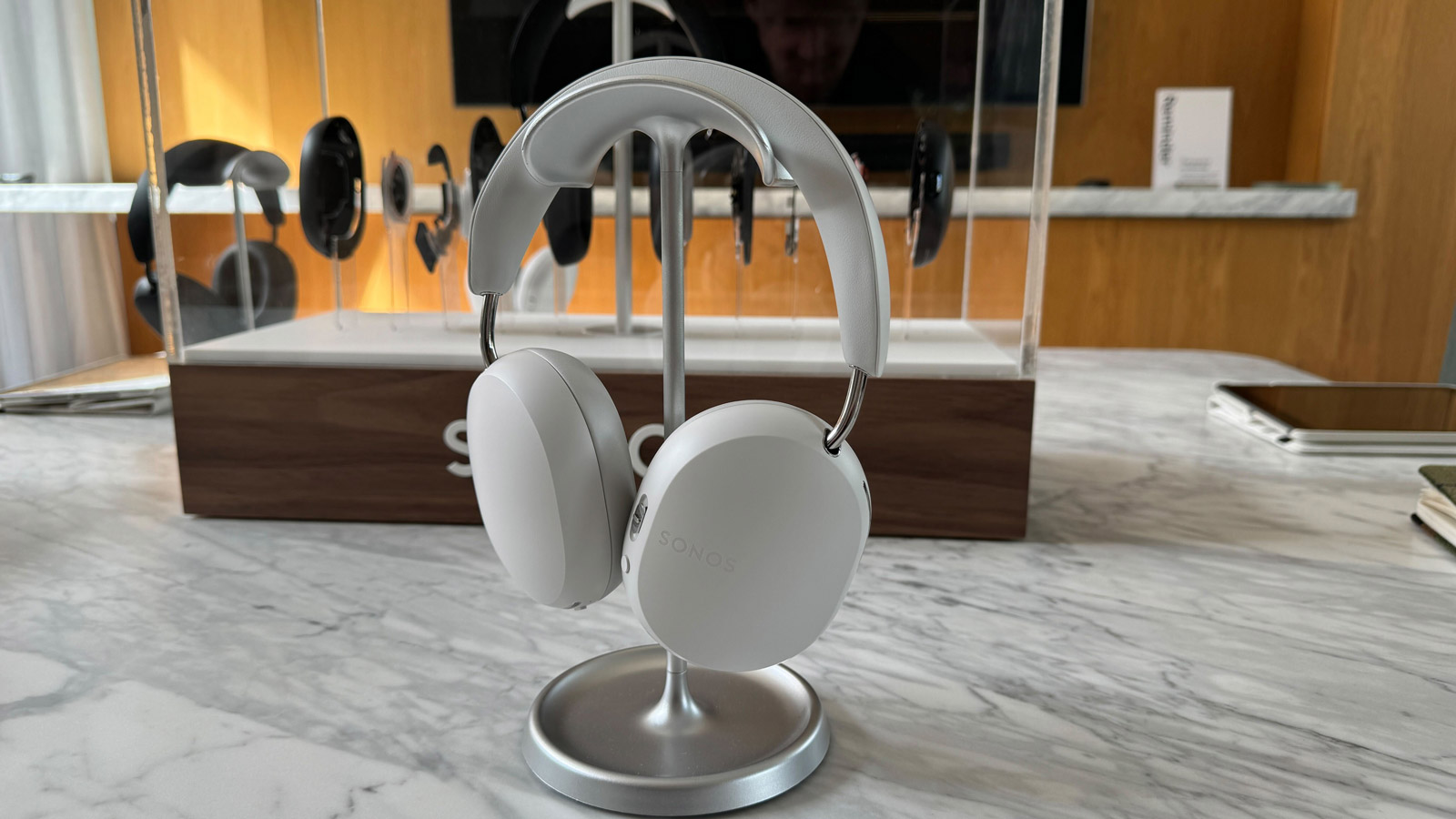
Bowers & Wilkins Px8 vs Sonos Ace: Verdict
Unless you’re a spatial audio enthusiast and/or a Sonos Arc owner, the Bowers & Wilkins Px8 probably just about justify their price premium over the Sonos Ace.
Of course, if you like the idea of the Sonos ‘TV audio swap’ feature and having impressive Dolby Atmos movie sound from a compatible phone or tablet soon, then the Ace are hard to argue with.
In terms of outright sound quality, though – at least as far as stereo sound is concerned, the Px8 give the more faithful and convincing rendition – and the fact they look and feel so upmarket doesn’t do any harm either.
The Sonos have spatial audio compatibility on their side, though, and are marginally more effective when it comes to active noise cancellation. I'd take the Bowers as more of a music fan, but there are good reasons to go Sonos instead.
Get daily insight, inspiration and deals in your inbox
Sign up for breaking news, reviews, opinion, top tech deals, and more.
Simon Lucas is a senior editorial professional with deep experience of print/digital publishing and the consumer electronics landscape. Based in Brighton, Simon worked at TechRadar's sister site What HiFi? for a number of years, as both a features editor and a digital editor, before embarking on a career in freelance consultancy, content creation, and journalism for some of the biggest brands and publications in the world.
With enormous expertise in all things home entertainment, Simon reviews everything from turntables to soundbars for TechRadar, and also likes to dip his toes into longform features and buying guides. His bylines include GQ, The Guardian, Hi-Fi+, Metro, The Observer, Pocket Lint, Shortlist, Stuff T3, Tom's Guide, Trusted Reviews, and more.
You must confirm your public display name before commenting
Please logout and then login again, you will then be prompted to enter your display name.
